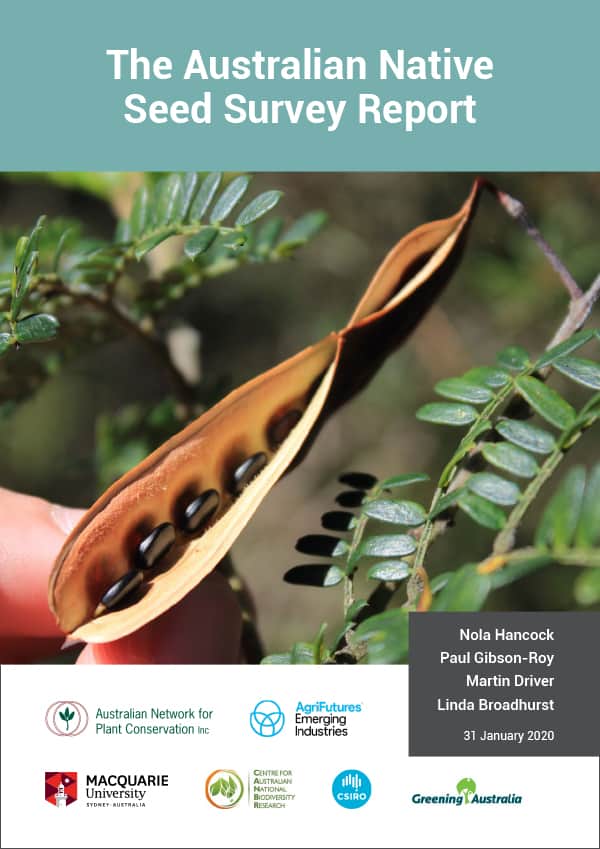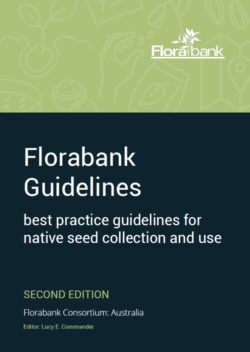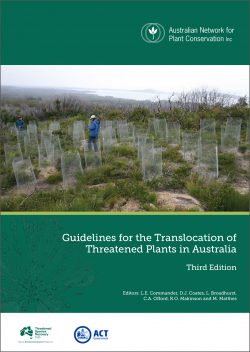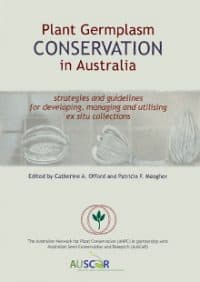Description
Download the The Australian Native Seed Survey Report here [PDF link]
The Australian Native Seed Survey Report was launched on 31 March 2020 by the Threatened Species Commissioner Dr Sally Box. The report highlights the concerns of the native seed sector that future demand will be difficult to meet.
Our unique native plant ecosystems are critical habitat for native animals and essential in mitigating the impacts of climate change and extreme weather events.
High quality seed from a range of native species is the foundation for restoring many of our threatened plants and natural landscapes, particularly those unable to regenerate after the catastrophic bushfires of the past summer, or that are otherwise especially vulnerable.
The people who collect, purchase and use this seed are a critical part of an industry which faces many challenges, including dwindling seed supplies, continued loss and fragmentation of native vegetation, declining expertise and training, low levels of funding and the increasingly severe impacts of climate change (to name but a few).
To address these challenges, the Australian Network for Plant Conservation (ANPC) undertook the Australian Native Seed Survey in 2016-2017 to better understand the native seed sector and its ability to meet current and future demand.
The Australian Native Seed Survey Report details the full results of this national survey capturing the behaviours and views of a wide range of sector participants – which the authors say are not all encouraging.
‘Worryingly, the report highlights the concerns of the sector that future demand for seed will be difficult to meet from the wild’ said Martin Driver from the ANPC. ‘This is due to the high costs of seed collection and the lack of seed from a broad range of the species that are critical for restoration. The recent bushfires have made this situation worse’.
The report identifies that there may not be enough native seed in many areas to support the large-scale restoration required for landscape recovery. It also outlines many of the issues that need to be addressed in future restoration programs.
Seed production of native seed offers some hope, but currently lacks the capacity to meet demand. ‘Seed production areas (SPAs) are an increasingly important supplier of seed for restoration, landscaping and bush food markets’ said Dr Paul Gibson-Roy from Kalbar Resources. ‘SPAs are locations where we cultivate native species for their seeds, like agricultural crops. They can produce seed in higher quantities and quality that is much easier to collect than in the wild. Their continued development will be critical to meeting seed needs and preserving wild populations’.
The report’s findings and eleven prioritised recommendations will assist governments to develop policies and plans to help the native seed sector grow and thrive, and meet the demand for quality seed into the future. This will ultimately help restore Australia’s unique ecosystems and precious threatened plants.
Download the The Australian Native Seed Survey Report here [PDF link]
The Australian Native Seed Survey Report was released as part of the NSW Government funded Healthy Seeds Project which aims to deliver an evidence-based Roadmap to secure a reliable, genetically-appropriate native seed supply in NSW, and update the Florabank Guidelines for best-practice native seed collection and use. An audit of past and current SPAs has recently commenced under the Project to help guide the establishment of better-funded and strategic SPAs in the future. Find out more at the Healthy Seeds webpage here https://www.anpc.asn.au/healthy-seeds/.




